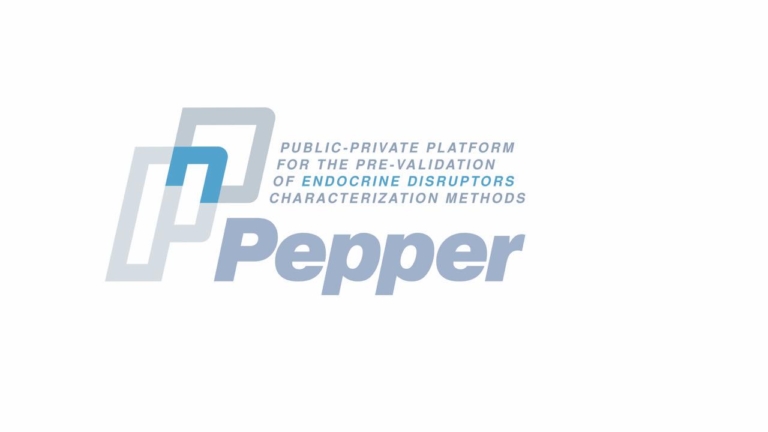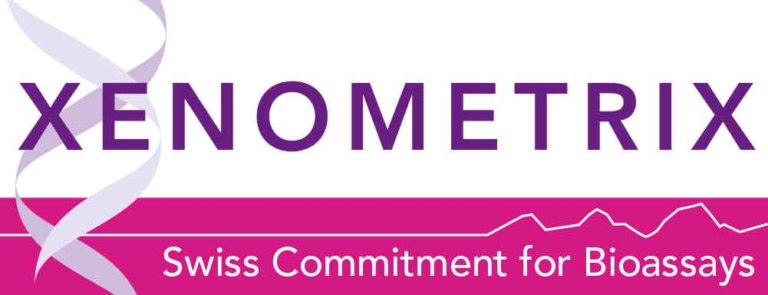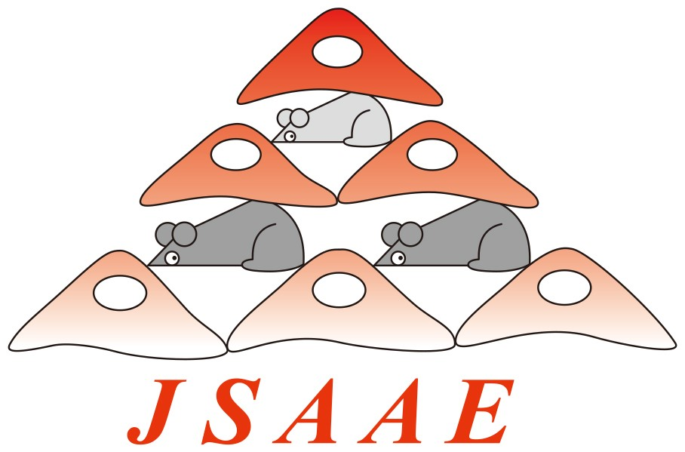Tuesday, November 14, 2023 10:00 AM – 11:00 AM EDT / 16:00 – 17:00 CET
Register here: https://us06web.zoom.us/webinar/register/WN_ikYuOLk4QAqFCcJnR0_kbg#/registration
Presenter: Beate Escher, PhD
Bioanalytical tools have been applied for monitoring of water quality worldwide for several decades. Most research has focused on surface waters and domestic and industrial wastewaters. In recent years, screening of wastewater and advanced water treatment processes, disinfected drinking water and recreational waters have emerged. Cell-based assays can either assess general cytotoxicity or target a specific mode of toxic action or a defined step of the toxicity pathway. Comprehensive risk assessment thus requires a battery of bioassays to cover a range of MOAs and/or toxicity pathways relevant for the water sample to be tested.
Cell-based bioassays have been used for benchmarking drinking and surface water quality as well as assessing treatment efficacy of wastewater and advanced water treatment.
Many in vitro bioassays are highly sensitive, so an effect in a bioassay does not necessarily indicate poor chemical water quality. Consequently, effect-based trigger values (EBTs) have been introduced to differentiate between acceptable and unacceptable chemical water quality and are required for the wider acceptance of EBM by the water sector and regulatory bodies. EBTs have been derived for both drinking water and surface water to protect human- and ecological health, respectively, and are available for assays indicative of specific receptor-mediated effects, as well as assays indicative of adaptive stress responses, apical effects and receptor-mediated effects triggered by many chemicals.
A lack of trigger values and interpretation guidelines have hampered greater adoption of bioanalytical tools for (regulatory) monitoring applications. In this webinar I plan to give an overview on the derivation of effect-based trigger (EBT) values for human health (drinking water) and the environment (surface water). These EBT are designed to be protective for mixture effects stemming from chemical cocktails in water.
 The ESTIV Members Area
The ESTIV Members Area



















